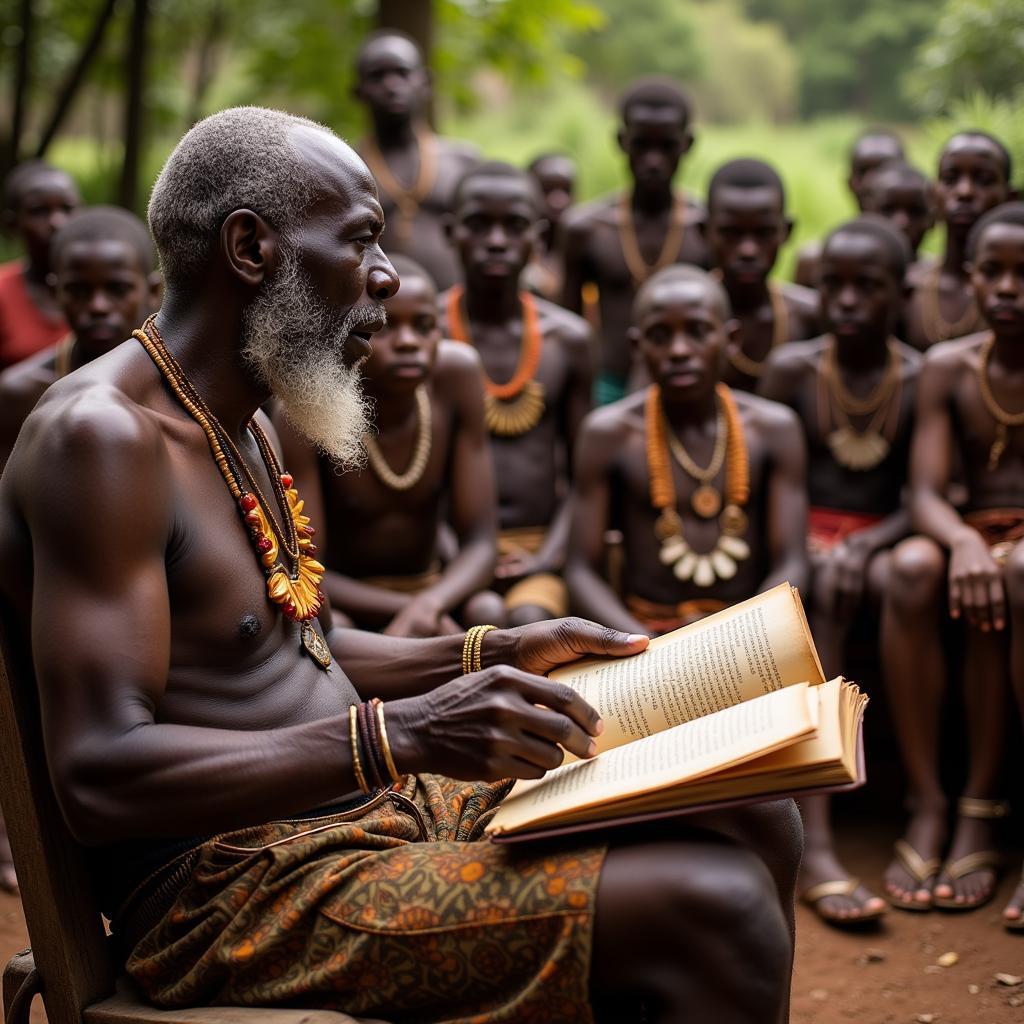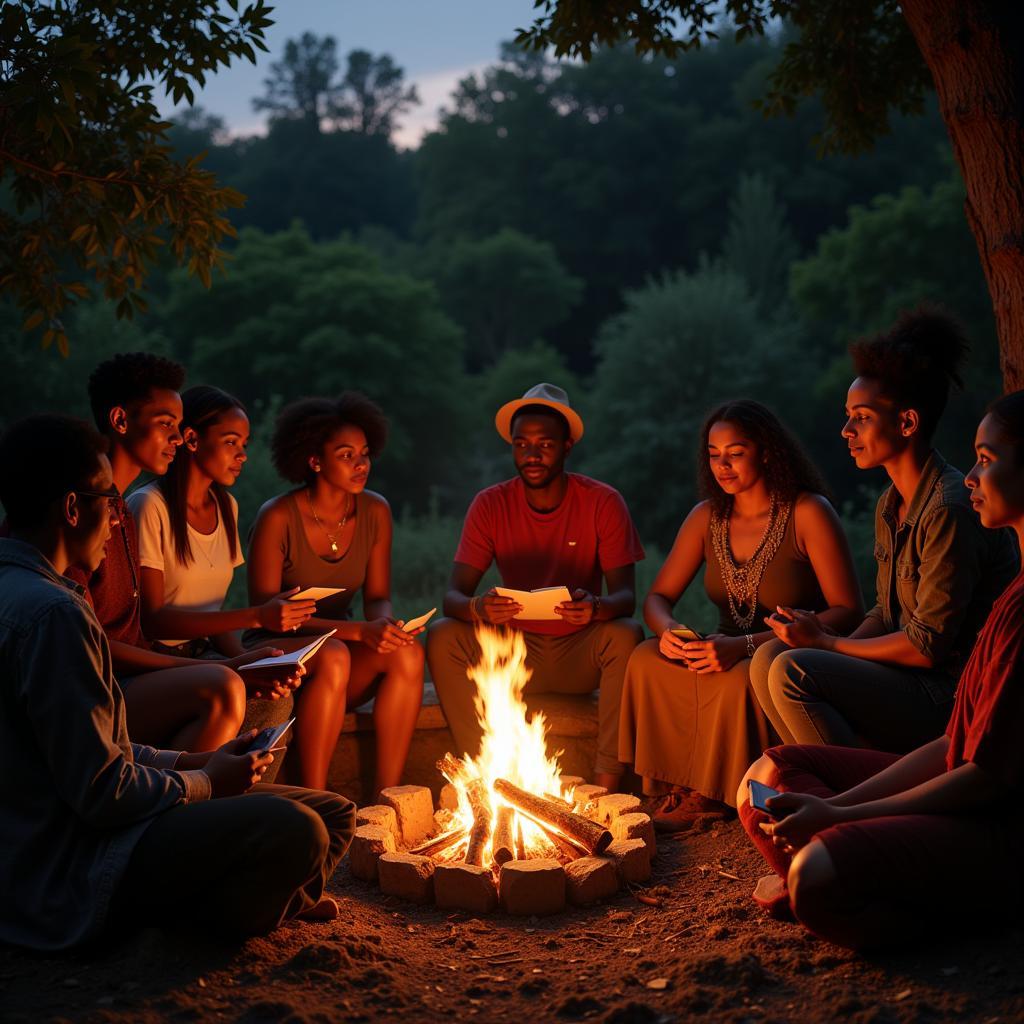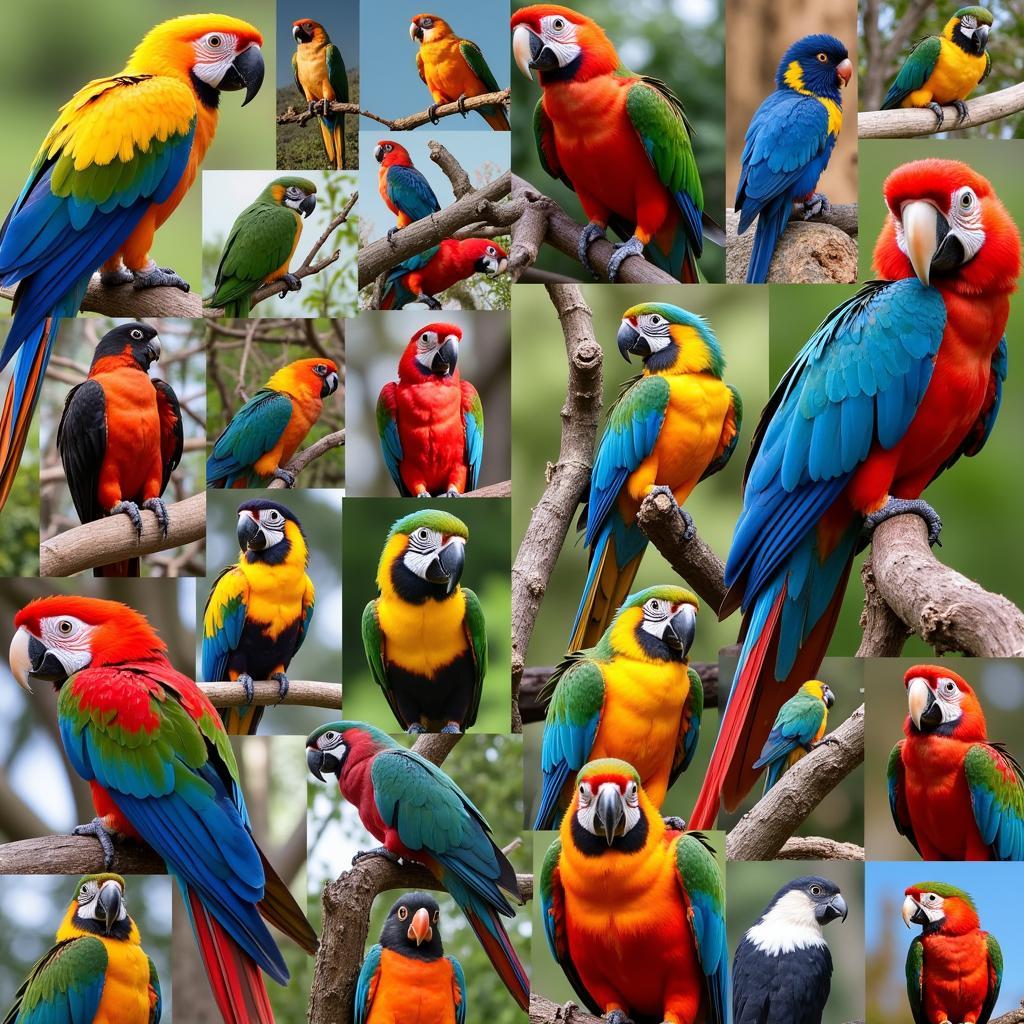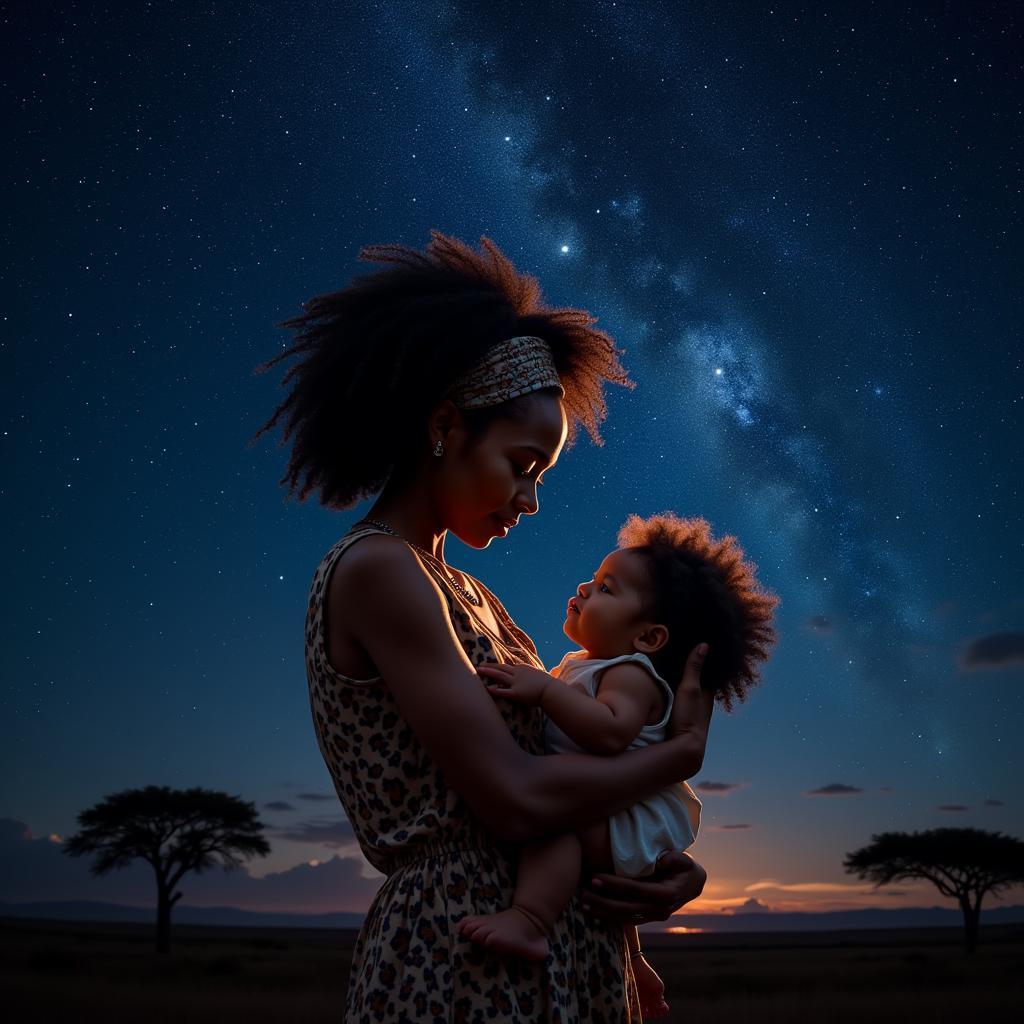The Heat is On: Exploring the World of African Hot Dance
African Hot Dance is more than just a genre; it’s a vibrant tapestry woven from the threads of tradition, rhythm, and raw energy. From the heart of the continent to stages across the globe, these dances captivate with their intensity, intricate movements, and infectious joy. Let’s embark on a journey to uncover the stories behind these dances and celebrate the spirit they embody.
A Continent of Rhythms: Unveiling the Diversity of African Hot Dance
To speak of a single “African hot dance” would be like saying there’s only one kind of sunset. The beauty lies in the sheer diversity. Each region, each country, boasts its own unique styles, reflecting local customs, historical narratives, and cultural expressions.
West Africa: Where the Beat Never Sleeps
West Africa explodes with a plethora of dance forms. In Senegal, the Mbalax, fueled by the tama drum, pulsates with a frenetic energy. Ghana bursts with color and movement during festivals like Homowo, where traditional dances like Kpanlogo and Adowa take center stage. And who can forget the iconic Azonto from Ghana, a dance craze that swept the world with its infectious energy and signature moves?
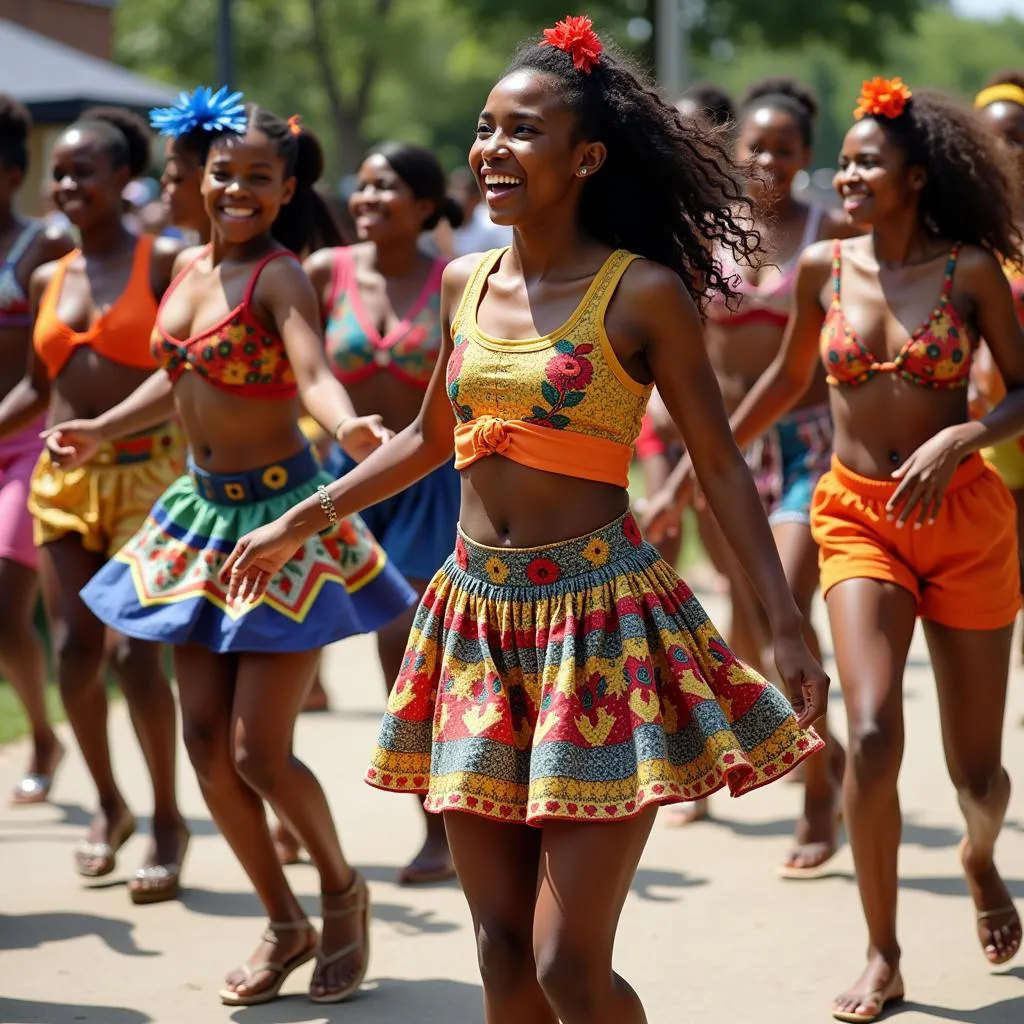 Ghanaian Azonto Dancers in Action
Ghanaian Azonto Dancers in Action
East Africa: Grace and Agility in Motion
Journey eastward, and the landscape of African hot dance transforms. Tanzania’s vibrant Singeli scene blends traditional rhythms with modern electronic beats, creating a hypnotic soundscape for dancers to lose themselves in. Meanwhile, in Ethiopia, the Eskista captivates with its intricate shoulder movements and rhythmic footwork.
Southern Africa: From Township Jive to Global Sensation
Down south, the spirit of resilience reverberates through dance. Born in the streets of South Africa, Pantsula emerged as a powerful form of expression during apartheid, its intricate footwork and acrobatic movements echoing the struggles and triumphs of a community. Today, South African dance continues to evolve, with genres like Gqom and Amapiano making waves both locally and internationally.
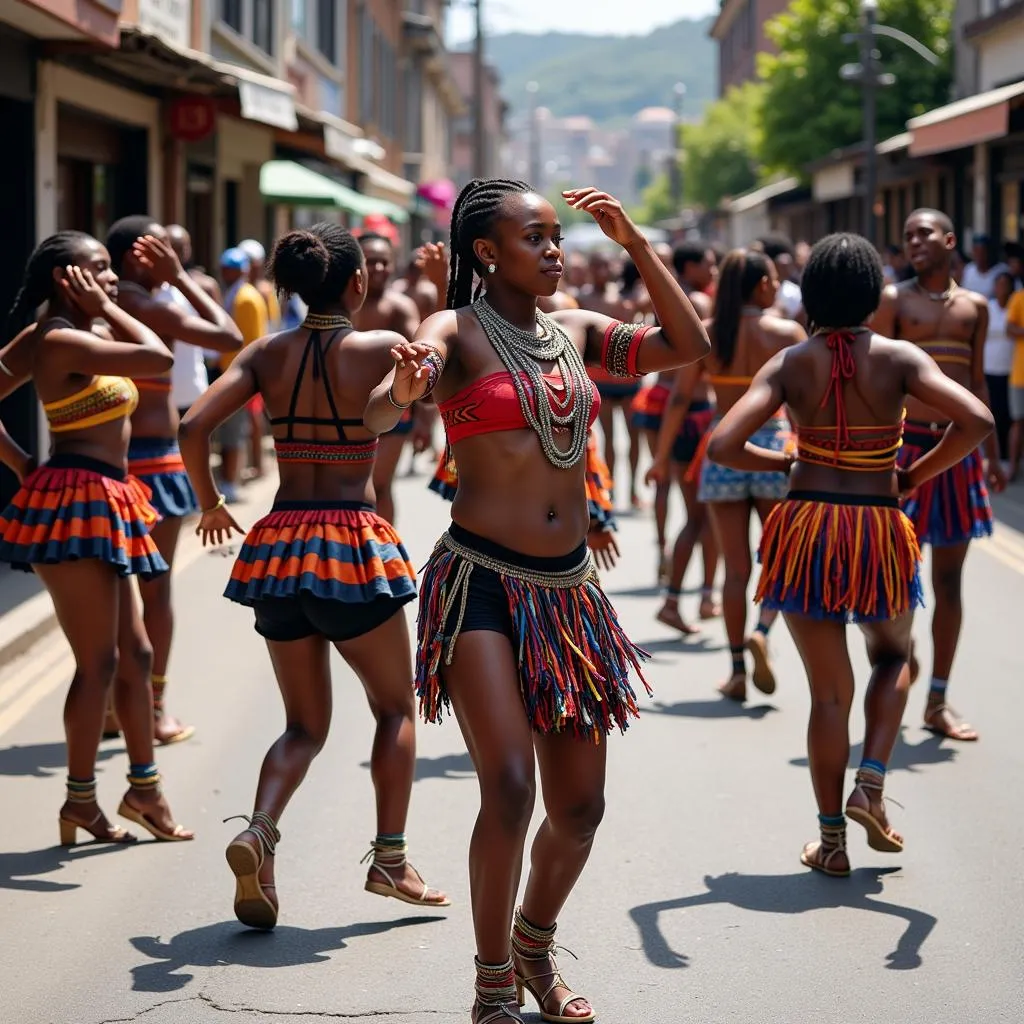 South African Pantsula Dancers in Street Performance
South African Pantsula Dancers in Street Performance
More Than Just Moves: The Deeper Meaning Behind the Rhythm
“African hot dance is not just about entertainment; it’s about storytelling, about connecting with your roots,” says renowned Senegalese dance choreographer, Aissatou Thiam. “Every gesture, every step, has a meaning, a history behind it.”
Indeed, these dances often transcend mere entertainment. They serve as a powerful medium for storytelling, passing down cultural traditions, celebrating life events, or even addressing social issues. From courtship dances to rituals honoring ancestors, each movement holds a deeper significance, connecting the dancers to their heritage and community.
Experience the Heat: Why African Hot Dance Captivates the World
The allure of African hot dance lies not just in its physicality, but in its ability to transcend borders and connect with audiences on a visceral level. It’s a celebration of life, a burst of energy that’s impossible to resist.
Whether it’s the pulsating rhythms, the intricate footwork, or the sheer joy radiating from the dancers, there’s a magnetic quality to these dances that draws you in. They offer a glimpse into the heart and soul of Africa, inviting you to move, to feel, and to celebrate the power of human connection through rhythm and dance.
 Enthusiastic Crowd at an African Dance Festival
Enthusiastic Crowd at an African Dance Festival
Conclusion: Keep the Rhythm Alive
As we’ve explored, African hot dance is a vast and vibrant landscape, as diverse as the continent itself. It’s a testament to the power of human expression, a celebration of life, and a bridge connecting cultures. So, next time you hear those irresistible rhythms calling, don’t just stand still—let the heat of African hot dance move you.
FAQs about African Hot Dance
1. What are some of the most popular African hot dances?
Some of the most globally recognized include Azonto (Ghana), Pantsula (South Africa), Coupé-Décalé (Ivory Coast), and Ndombolo (Congo), but this is just the tip of the iceberg!
2. Where can I learn African hot dance?
Many dance studios and cultural centers around the world offer classes. Online platforms also provide tutorials and resources.
3. Do I need prior dance experience to enjoy African hot dance?
Absolutely not! The beauty of these dances lies in their inclusivity. Everyone, regardless of skill level, can participate and have fun.
4. What should I wear to an African hot dance class?
Comfortable clothing that allows for free movement is ideal. You might also consider wearing bright colors to reflect the vibrancy of the dances.
5. What are some health benefits of African hot dance?
These dances offer a fantastic cardiovascular workout, improve coordination, and boost mood. It’s a fun way to stay active and connect with a vibrant cultural tradition.
Need More Information?
For inquiries regarding African dance and culture, feel free to contact us:
Phone: +255768904061
Email: [email protected]
Address: Mbarali DC Mawindi, Kangaga, Tanzania
Our dedicated team is available 24/7 to assist you.

